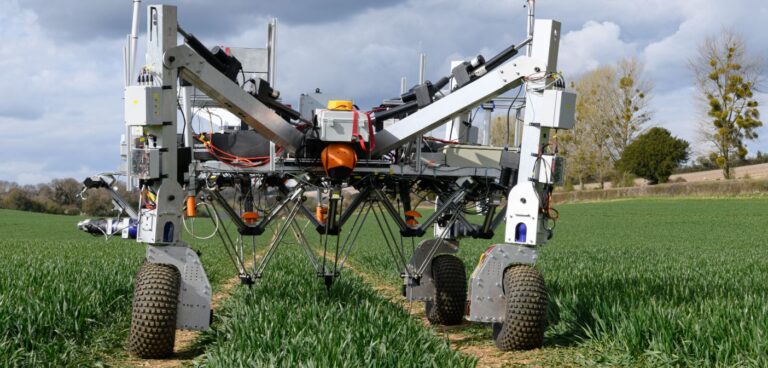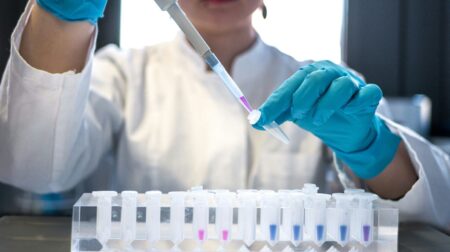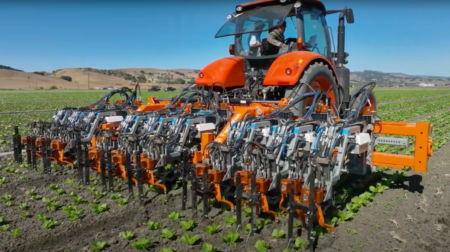A three-year feasibility study, named SprayBot, aims to investigate how combing early disease detection using imaging and sensors with robotic machinery can reduce overall pesticide use in agriculture.
Following a successful Innovate UK smart grant application, the project will work to devise a method for the precision application of fungicides and biopesticides. It will be delivered by Crop Health and Protection (CHAP) in collaboration with partners Newcastle University, Small Robot Company and Fotenix.
Richard Glass, sector lead at CHAP said: “Plant protection products remain an important input for growers, ensuring they can reliably produce crops to feed the world’s rapidly expanding population.
“But their risk-based cautionary use and application could be improved, helping promote the sector’s sustainability and environmental credentials, whilst helping protect the future of the effective chemistry that remains.
“Thanks to significant advances within the world of agri-tech, it’s now possible to use targeted ‘variable rate’ applications of other inputs such as nutrition.
“SprayBot aims to investigate a system that can do the same for fungicides and biopesticides – detecting and mapping crop disease and then applying product at a variable rate to small areas of the crop. In the future, this could also extend to an individual plant or even leaf.”
The consortium delivering the project offers the following insight – disease forecasting and diagnostics from Newcastle University, crop imaging and analytics from Fotenix, spray application from Silsoe Spray Application Unit and autonomous farm robotics from Small Robot Company.
Charles Veys, managing director at Fotenix, added: “The protection of future food security relies on the viability of novel and sustainable alternatives to protect our crops.
“SprayBot brings together the latest in disease profiling alongside automated platforms, which close the loop from early detection to impactful treatment, bringing the savings to both the farm’s bottom line and its environmental footprint.”








